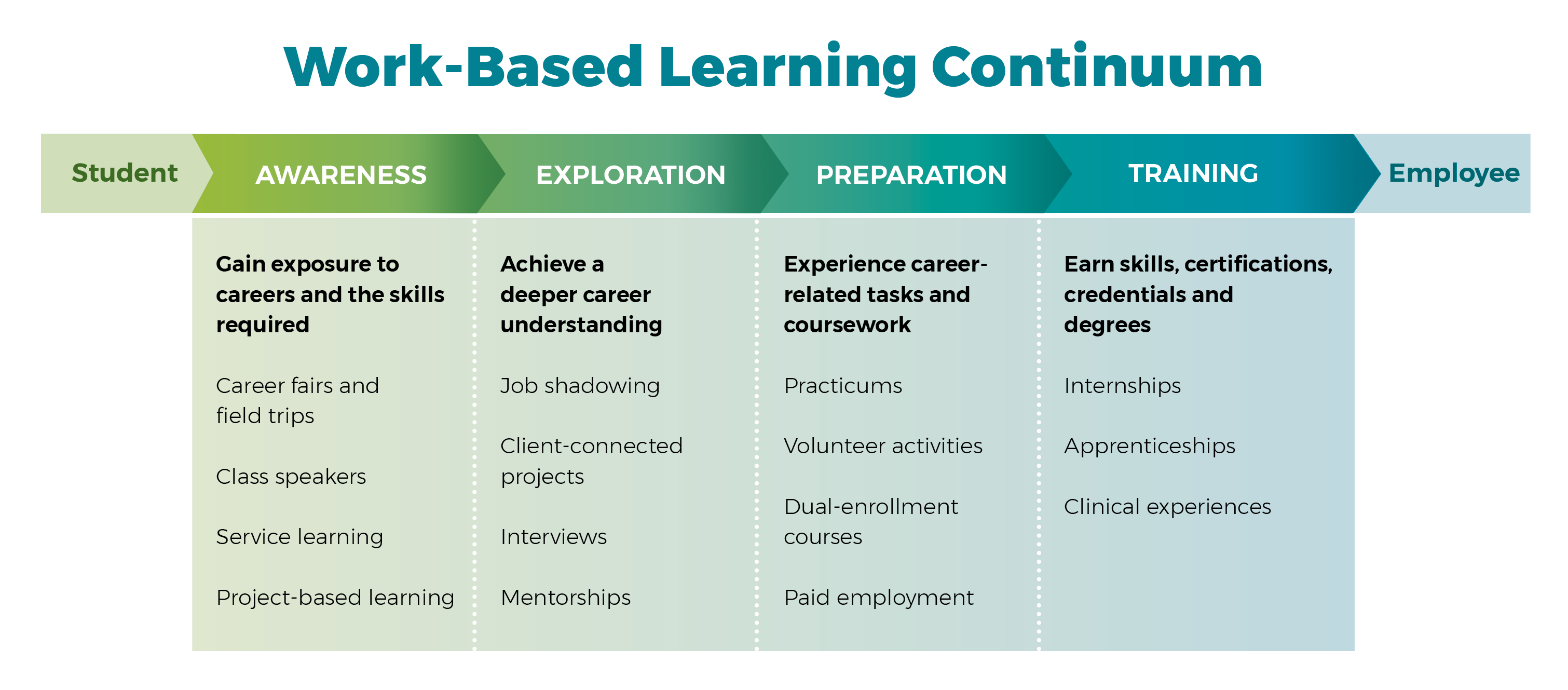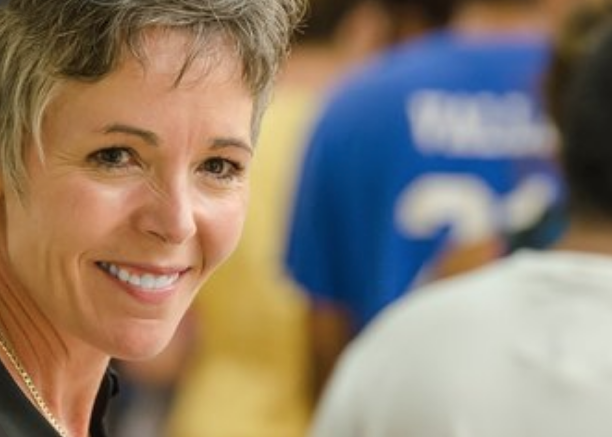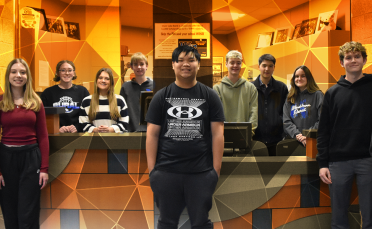It’s Up to Us! Inspiring Youth through Work-Based Learning

By Dr. Cynthia Lane, Co-Chair, Governor’s Council on Education
How many times have you asked, or heard a young person in your family ask, “Why do I have to know this? I’ll never use this _____ (fill in the blank).”
I had the same thought when I was a student. Perhaps you did as well. Even today, I hear similar comments from my students and the youth in my family. However, as many adults know, you actually DO use many things in your work that seemed useless while you were in school. Many of those concepts and skills are crucial for success in today’s jobs. So how do we bridge the apparent gap between classroom learning and the skills needed in high-demand, high-quality jobs?
One important initiative gaining momentum across the nation, and across Kansas, is commonly referred to as “work-based learning.”
Work-based learning serves as a bridge between academics and real-world application of knowledge and skills. Students are expected to learn a concept and apply the concept in an authentic or real-world way. These real-world projects may be focused on a community need, a challenge from a local business or industry, or a project for a nonprofit organization. The overarching idea is that true learning occurs when students “do something” or apply the concepts they are learning in an authentic “real-world” manner.
In addition to understanding how knowledge and skills are used in careers, students learn essential workplace abilities such as critical thinking, teamwork, problem solving, project management, leadership and agility.
Generally, work-based learning is structured on a continuum that includes awareness, exploration and preparation experiences, combined with an individual’s interests, aspirations and goals. The continuum includes supporting activities and career-specific work-based learning activities.

Like most things in life, quality work-based learning initiatives require partnerships, in this case between K-12 education, community and technical colleges, workforce development agencies, and business and industry. However, families are the most important partners. It’s our role as parents, guardians and other mentors in a family to advocate and encourage the young people in our lives to bridge the gap between what they’re learning in school and what they’ll be doing the rest of their lives in the workforce.
Advocate for work-based learning to be part of your child’s individual plan of study (IPS) in high school. (The IPS is like a GPS system, connecting the dots between aspirations, academic courses and real-world learning experiences.)
Encourage your student to work with their counselors, career and technical education or advisory teachers to connect them to real-world experiences before they graduate from high school.
Experiences such as project-based learning, internships, courses for credit, industry-recognized certifications and job shadowing are great ways to inspire students and set them on a path to post-secondary success. It’s up to us!




